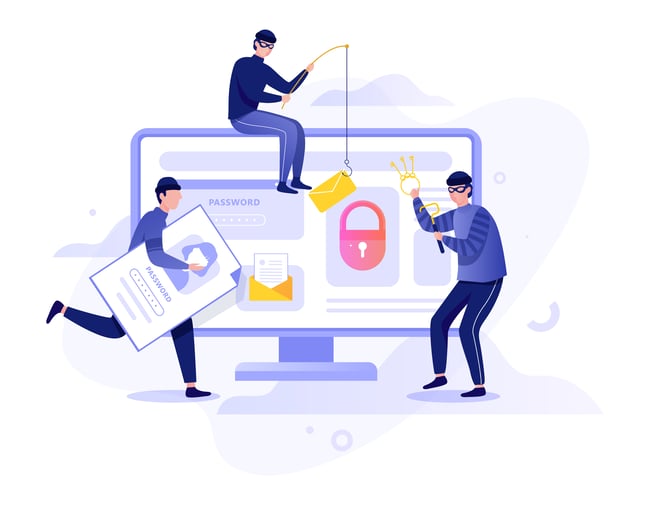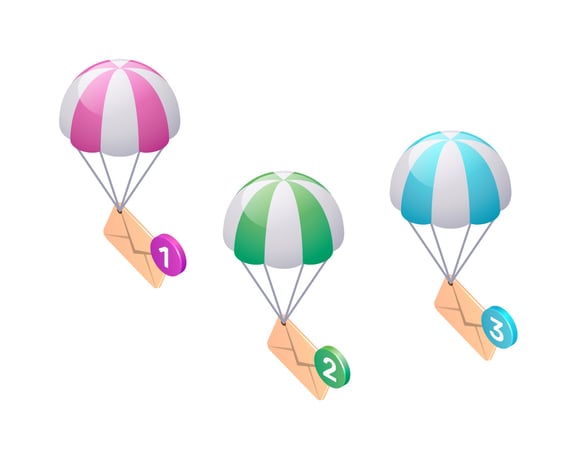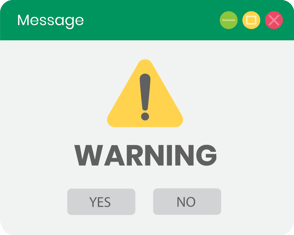It’s 5 p.m. on Friday, and your inbox lights up with an email from the company president.
“Please send a money transfer to this account. Use your personal account and you will be reimbursed on Monday. It’s urgent.”
The request and timing seem odd, but you send the transfer and wait. Only, there is no reimbursement on Monday morning. You’ve just fallen victim to email phishing.

What is email phishing?
It’s a story as old as the Internet: an overseas prince promising riches in exchange for a small loan.In today’s world, we’re more familiar with scammers claiming to be federal tax agents or a shipping company claiming to have retained your Amazon shipment until you click the link below. Phishing techniques allow the scammer access to your personal information that can be used to access bank, email, and personal accounts.
But, as the Internet has evolved and more individuals and businesses adapt to a work-from-home environment, scams and email phishing have matured.
Gone are the days of blatant scams. According to the FBI, people lost more than $57 million to phishing scams in 2019.
Sophistication has spread through the world of phishing, prompting the need to evaluate your cybersecurity needs. And businesses are not exempt from these attacks.

Three steps to protect against email phishing
Thankfully, there are steps you and your business can take to protect yourself from email phishing.Learn to recognize phishing attacks. Phishing emails are designed to look legitimate. They adopt the name and logo of recognizable companies. However, the wording in the email is often generic. It may say, “Hello sir/madam,” or, “To whom it may concern,” as opposed to your name.
Phishing emails are meant to intimidate. They will stress urgency and emphasize the risk should you fail to comply, whether it’s the suspension of your account or additional late fees.
Finally, check the sender’s email address. An email claiming to be from a large and well-known company isn’t likely to be sent from a consumer email provider. However, it’s important to note that even the sender’s email address can be made to look legitimate.- Proceed with caution. If you suspect an email or phone call to be a scam, it’s important that you treat it as such. Avoid clicking any links, opening attachments, or providing personal information on any pop-up forms. If you’re uncertain and want clarity, contact innov8. We can help.

Use the right software. The reality is, phishing emails are becoming harder to notice. That’s why it’s important to use a trusted email service provider (ESP), such as Microsoft Office 365 or any ESP with phishing and anti-spam support. At innov8, our experienced and professional Managed IT Services team can help you identify, select, and implement an appropriate ESP that makes sense for your business and team.
With the right tools and right information, you can rest assured that you and your business are protected against email phishing attacks.
To learn more about how to protect your business’s data, read our blog: Protect your business against disaster with data backups.
Are you ready to make the change to an email service provider that can help protect against email phishing scams? Contact our Managed IT Services team to learn more about email service providers, phishing, and cybersecurity.


